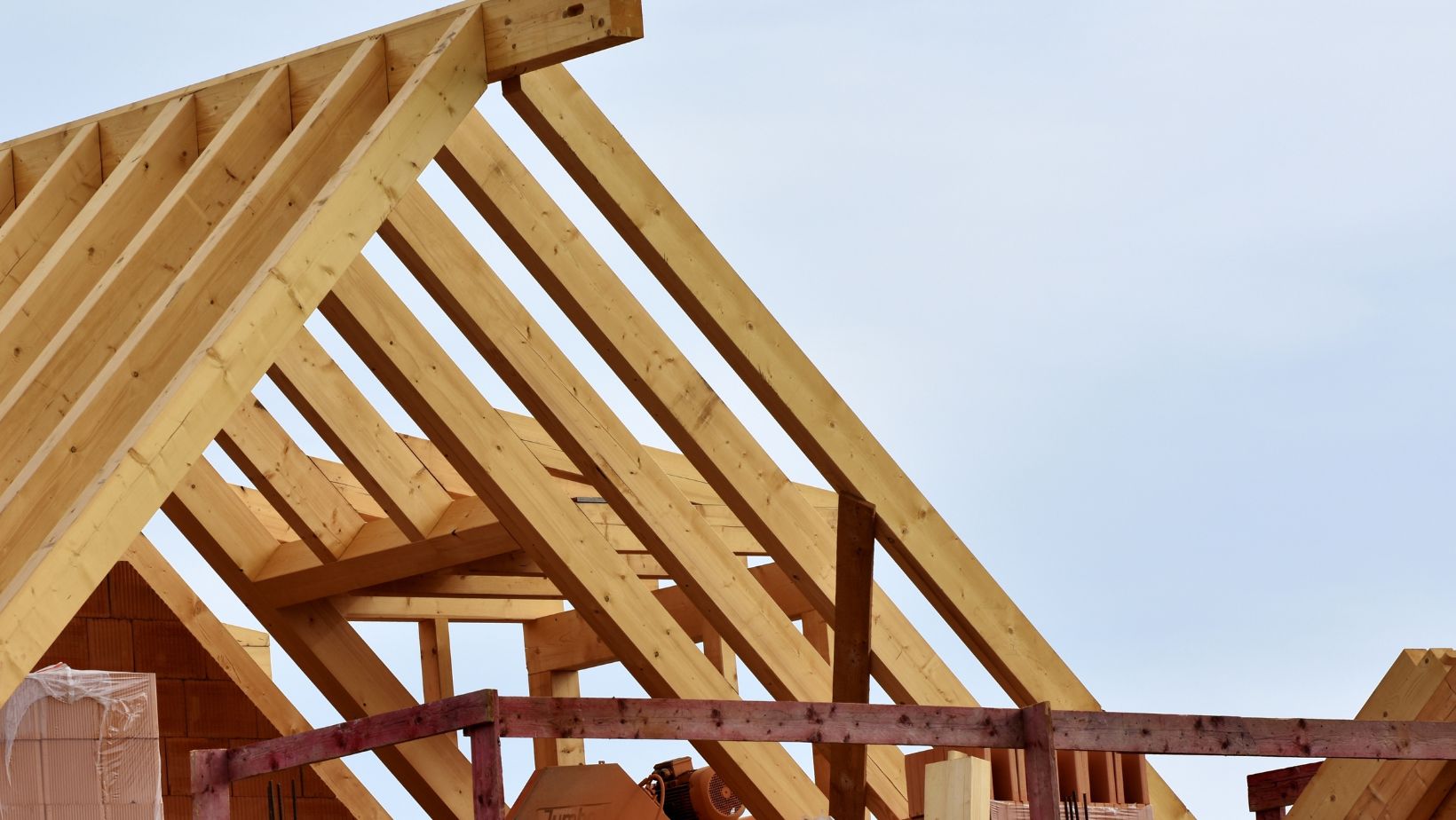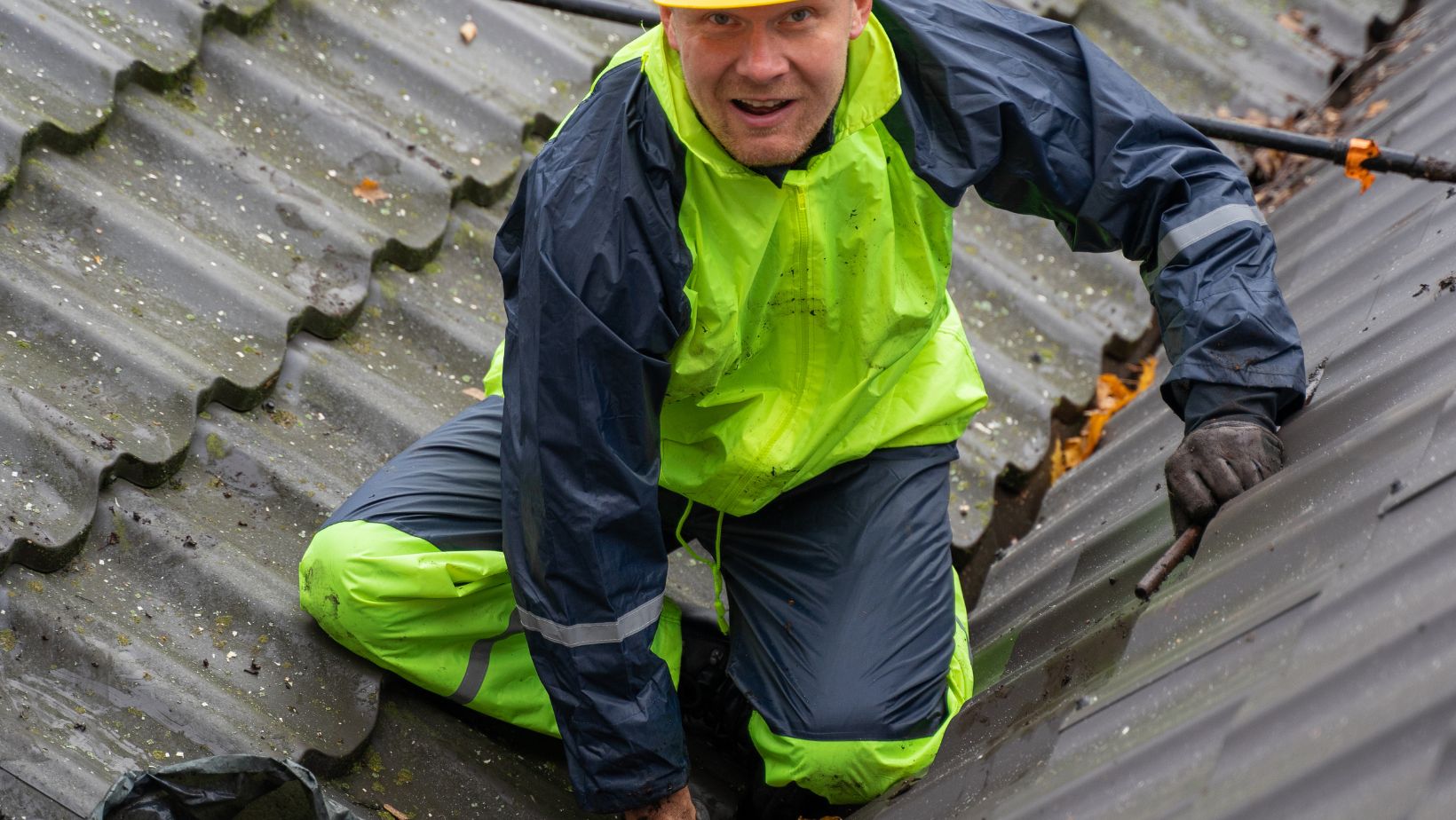A roof replacement is a significant undertaking for any homeowner, not only in terms of investment but also in the time it takes to complete. Knowing how long a roof replacement will take helps homeowners plan, minimize disruptions, prepare their home and schedule accordingly. Timelines can vary depending on the type of roofing material, the complexity of the roof design, weather conditions, and even the size of the crew performing the work. We will explore how different types of roofs affect the duration of a replacement project so homeowners can set realistic expectations and avoid unnecessary surprises.
Setting Realistic Expectations
Asphalt Shingle Roof Replacement Timeline
Asphalt shingles are one of the most popular roofing materials for residential homes nationwide due to their affordability and ease of installation. For a typical single-family home with a simple roof design, replacing asphalt shingles can be completed within one to three days. This timeline includes removing the old shingles, inspecting the decking, making necessary repairs, installing underlayment, and applying the new shingles. 
Homes with steep slopes, multiple valleys, dormers, or other architectural features may take longer because of the added labor involved in working around these complexities. In some cases, unforeseen issues like rotted decking or structural repairs can extend the timeline by a day or two. Homeowners who choose higher-end asphalt shingles with more layers or architectural profiles might also experience a slight increase in installation time. It’s important to note that weather delays can impact the schedule, as roofers won’t work on a roof during rain or high winds. A professional roofing company, such as NBS Roofing, Inc., will factor in weather forecasts and job complexity when providing an estimated timeline, giving homeowners a clear picture of what to expect.
Metal Roof Replacement Timeline
Metal roofs are gaining popularity for their durability, energy efficiency, and long lifespan. However, installing a metal roof typically takes longer than installing asphalt shingles because of the precise measuring, cutting, and fastening required. The replacement process might take three to five days for a standard metal panel roof, depending on the home’s size and design. Metal shingles or tiles, which involve even more detailed placement and attachment, may extend the timeline to five or seven days. The preparation phase for a metal roof is also more involved, as installers must ensure that the roof deck is perfectly flat and free of imperfections that could affect the fit of the metal panels. If an old metal roof needs to be removed first, that process adds time, especially if specialized equipment is necessary to handle the materials safely. Additionally, installation may require custom flashing and edge treatments around chimneys, skylights, and vents, reducing the time required. Homeowners considering a metal roof should plan for a more extended installation period than asphalt, but benefit from a product offering decades of reliable performance.
Tile Roof Replacement Timeline
Tile roofs, whether made of clay or concrete, offer a distinctive aesthetic and exceptional durability but are among the most labor-intensive roofing materials to install. Replacing a tile roof often takes one to two weeks due to the weight of the materials, the careful alignment required, and the specialized skills needed to handle fragile tiles. Each tile must be individually placed and secured, requiring more time and attention to detail than roofing systems installed in larger sheets or rolls. If the existing tile roof must be removed, contractors will need extra time to safely remove the tiles without causing damage to the underlying structure. In some cases, replacement projects uncover problems with the roof deck or underlayment that must be addressed before new tiles can be installed. Weather delays can further stretch the timeline, as tile roofs should not be installed in wet conditions to prevent moisture issues beneath the tiles. Homeowners should also account for delivery times if their chosen tiles are custom-ordered or sourced from specialty suppliers.
Flat Roof Replacement Timeline
Flat roofs, often found on commercial buildings and some modern homes, come with unique installation processes. The timeline for replacing a flat roof generally ranges from two to five days, depending on the material used. Single-ply membranes like TPO or EPDM can be installed relatively quickly once the old roofing material is removed and the surface prepared. Built-up roofs (BUR) or modified bitumen systems take longer because they require multiple layers of materials to be applied in sequence. Replacing a flat roof may involve additional steps such as improving drainage systems, installing insulation boards, or reinforcing parapet walls, which can extend the timeline. Access challenges, such as tight urban spaces or limited staging areas for materials, can also affect how long the replacement takes. Property owners considering a flat roof replacement should work closely with their contractor to plan for these factors and ensure the project is completed efficiently while meeting all necessary code requirements.
Replacing a roof is more than just swapping out old materials for new ones; it’s a complex process that varies significantly depending on the type of roof, the home’s design, weather conditions, and the contractor’s experience. Whether choosing asphalt shingles, metal panels, clay tiles, or a flat roofing system, understanding the expected timeline allows homeowners to plan better for the disruption, coordinate with other home improvement projects, and ensure safety during installation. While most roof replacements fall within one to two weeks, being prepared for potential delays- unexpected repairs, supply chain issues, or inclement weather—can prevent frustration and help the project move forward smoothly. By selecting a trusted roofing contractor and discussing the specific factors that may influence their home’s timeline, homeowners can confidently approach their roof replacement, knowing what to expect every step of the way.
